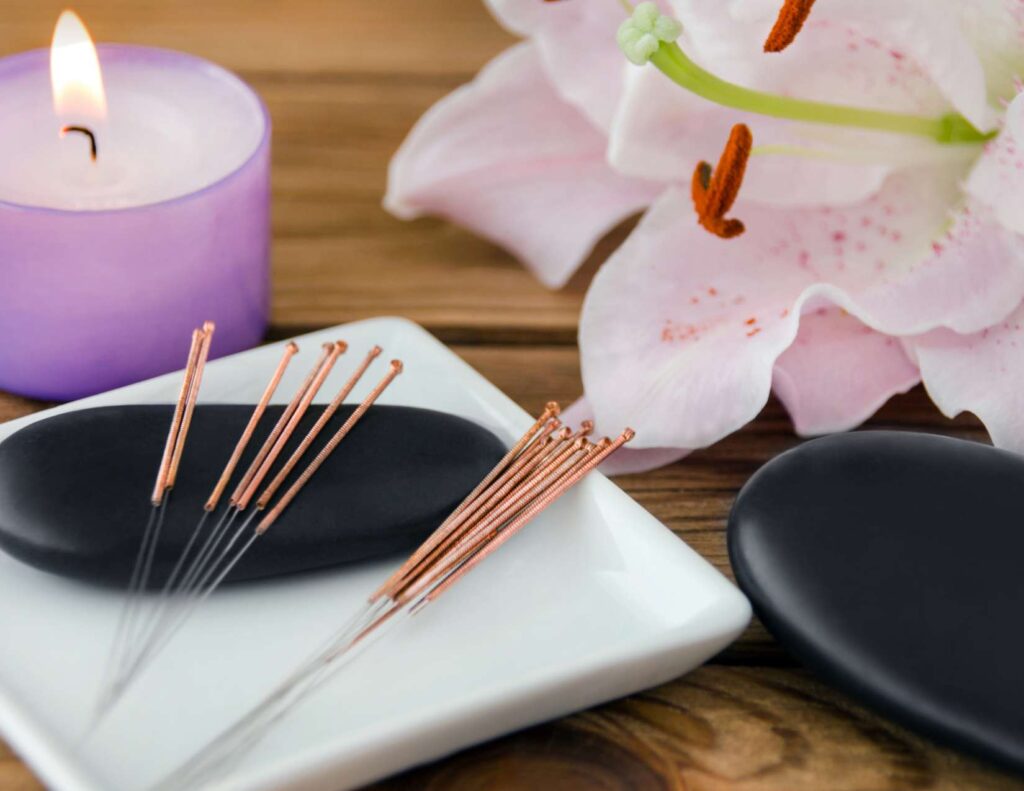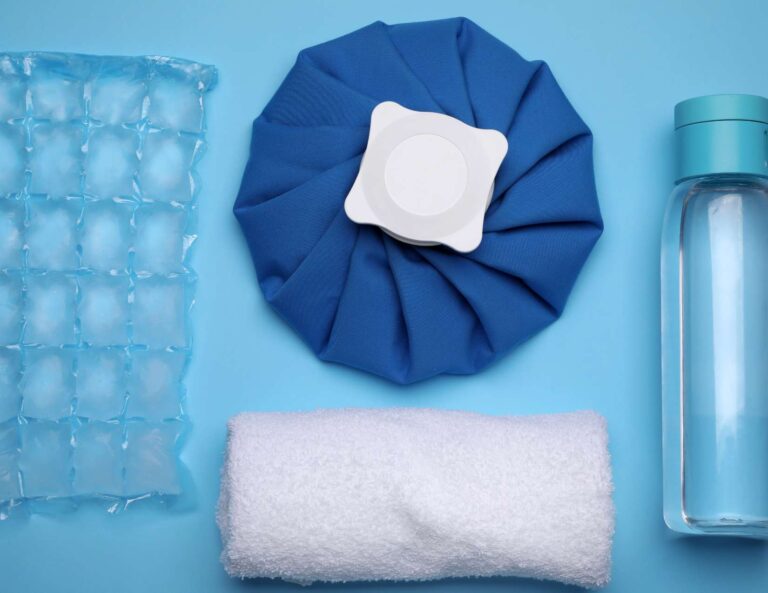How to Get Immediate Relief for Sciatic Pain Now
Last Updated on February 3, 2025 by Dr. Tiffany Egan
When sciatica strikes, the urgency of finding instant sciatica relief cannot be overstated. Many of us find ourselves in situations where we need to resume our daily activities without the burden of pain. I’ve experienced this myself, and it’s a challenge to focus on anything else when sciatica flares up. It’s not just about avoiding discomfort; it’s about reclaiming our lives and staying productive.
The impact of sciatica on our quality of life can be profound. From missed workdays to limited recreational activities, the consequences can ripple through various aspects of our lives.
As a chiropractor, I often remind my patients that addressing this pain swiftly is vital to preventing it from affecting their mental well-being and overall happiness. The faster we can find effective strategies for immediate relief for sciatic pain, the quicker we can return to doing the things we love.
Moreover, delaying treatment can lead to chronic pain issues, which may require more intensive interventions. I’ve seen firsthand how individuals who ignore their symptoms often end up facing long-term complications.
Taking immediate action not only alleviates current discomfort but also helps us avoid future problems, making it imperative to explore the various options available for quick recovery.

Understanding Sciatic Pain and Its Causes
The sciatic nerve runs from the lower back through the hips, buttocks, and down each leg. When this nerve is compressed or irritated, it can cause sciatic pain. This pain can be caused by a variety of factors such as:
- Herniated disc: A herniated disc occurs when the soft tissue inside your spinal disc bulges out and presses against the sciatic nerve.
- Spinal stenosis: This is a condition where the spinal canal narrows, putting pressure on the spinal cord and nerves.
- Piriformis syndrome: This is a condition where the piriformis muscle in the buttocks irritates the sciatic nerve.
- Spondylolisthesis: This is a condition where one vertebra slips onto the vertebra below it, causing pressure on the sciatic nerve.
- Trauma: A fall or an accident can cause trauma to the spine and lead to sciatic pain.
- Pregnancy and/or Postpartum: Change in weight, hormones and posture in such a short amount of time can inflame the sciatic nerve.

How to Relieve Sciatica Pain in Bed
There are various ways to help relieve sciatica pain while in bed. One of the most important things is to maintain proper posture and alignment by using pillows and other supports for your spine, hips, and legs. Additionally, you should avoid any positions that cause increased pressure on your lower back or legs.
Some recommended sleeping positions include lying on your side with a pillow between your legs and supporting the small of your back, or lying on your back with a pillow under your knees. Avoid lying on your stomach, as this position increases pressure on your lower back. Additionally, using a heating pad while lying in bed can help relax the affected muscles and provide instant sciatica relief.

Fast-Acting Solutions for Immediate Relief of Sciatic Pain
There are several fast-acting solutions that can provide immediate relief for sciatic pain. These include:
Over-the-Counter Solutions for Instant Sciatica Relief
When searching for immediate sciatica relief, over-the-counter (OTC) solutions can often provide quick results. One of the most common options I recommend is nonsteroidal anti-inflammatory drugs (NSAIDs). Medications like ibuprofen and naproxen are effective in reducing inflammation and alleviating pain.
I always advise following the recommended dosages and consulting a healthcare professional if there are any concerns or pre-existing health conditions.
Muscle relaxants are another category of OTC solutions I find beneficial. While they may not be available without a prescription, some lower-strength options can be effective in alleviating muscle spasms that contribute to sciatica pain.
In my experience, combining these medications with other methods, such as stretching and physical therapy, can enhance their effectiveness.
Lastly, topical analgesics can offer immediate relief as well. Creams or patches that contain menthol or capsaicin can be applied directly to the painful area. I’ve found these products to be particularly useful for localized pain, providing a cooling or warming sensation that eases discomfort.
Overall, incorporating these OTC solutions into our pain management strategy can lead to quicker recovery and enhanced comfort.
Natural Remedies and Supplements for Immediate Sciatica Relief
For those who prefer a more holistic approach, I’ve found that natural remedies and supplements can provide immediate sciatica relief. One of the most popular options is turmeric, known for its anti-inflammatory properties.
Taking turmeric supplements or adding it to meals can help reduce inflammation in the body, potentially alleviating pain. I often suggest combining turmeric with black pepper to enhance its absorption for maximum effectiveness.
Another natural remedy I advocate for is magnesium. This mineral plays a vital role in muscle function and relaxation. I’ve found that supplementing with magnesium for sciatica can help relieve muscle tension, which is often a contributing factor to sciatica pain. Incorporating magnesium-rich foods, such as leafy greens, nuts, and seeds, into our diet can also be beneficial.
Additionally, herbal remedies like willow bark and ginger have shown promise in reducing pain and inflammation. I often recommend discussing these options with a healthcare provider, as they can offer personalized guidance based on individual health needs.
By integrating these natural remedies into our routine, we can find immediate relief from sciatica pain while promoting overall wellness.
Heat and Cold Therapy: Fast-Acting Remedies
Heat and cold therapy are two of the quickest remedies I’ve discovered for immediate sciatica relief. When I experience acute pain, applying a cold pack to the affected area can significantly reduce inflammation and numb the discomfort.
I typically wrap a bag of ice in a towel and apply it for about 15-20 minutes at a time. This method is particularly effective within the first 48 hours of experiencing pain, as it helps constrict blood vessels and reduce swelling.
After the initial phase, I often switch to heat therapy. Applying a warm compress or heating pad can promote blood flow and relax tense muscles, which is incredibly beneficial for long-term recovery.
I personally enjoy using a microwavable heat pack, as it’s easy to use and provides soothing warmth that can last for quite a while. I usually apply heat for 20-30 minutes, allowing myself to unwind and alleviate tension.
Combining these therapies can yield impressive results. I often alternate between heat and cold applications, starting with cold to reduce inflammation and following it up with heat to promote relaxation. This dual approach not only provides immediate relief from sciatica pain but also sets the stage for a more comprehensive recovery process.

Resting:
Resting and avoiding activities that aggravate the pain can help alleviate the symptoms. But, resting does NOT mean bed rest. Studies have shown that it is better for blood circulation and healing to remain somewhat active throughout the healing process.
Posture Adjustments for Instant Comfort:
Maintaining proper posture is essential for managing sciatica symptoms effectively. I’ve noticed that many individuals unknowingly adopt positions that exacerbate their pain. For instance, slouching while sitting can increase pressure on the sciatic nerve.
For the best sitting position for sciatica, I encourage my patients to adopt a neutral spine position, ensuring their feet are flat on the ground, and their back is supported. Investing in ergonomic furniture can also make a significant difference in our comfort levels.
When standing, it’s crucial to distribute our weight evenly on both feet. I often remind my patients to avoid locking their knees and to engage their core muscles to maintain stability. Making small adjustments to our posture throughout the day can help reduce tension in the lower back and alleviate sciatica pain.
Additionally, incorporating regular breaks to stretch and move can be incredibly beneficial. I often set reminders to stand up, stretch, or take short walks during the day. These breaks not only help improve our posture but also promote blood circulation, which is essential for overall spinal health.
By becoming more mindful of our posture, we can create a more comfortable environment and support our long-term recovery from sciatica.
Yoga:
Practicing yoga can help stretch and strengthen the muscles in your lower back, hips, and legs, reducing the pressure on the sciatic nerve.
A Tens Unit:
Applying a tens unit for sciatica can help reduce pain and inflammation. The electrical impulses can help block the nerve signals that transmit pain, improving your quality of life overall. It is important to use a tens unit with care, as it may cause skin irritation or other adverse reactions in some individuals. Before using a tens unit for sciatica, always consult with a doctor to discuss the benefits and
Wearing a Brace:
A brace for sciatica can help promote healing of the sciatic nerve. The brace can also help keep the spine aligned in a neutral position to help prevent further injury or strain on the sciatica nerve. Wearing a back brace for an extended period of time can be beneficial for those suffering from chronic sciatica.
It’s important to make sure the brace is properly fitted and adjusted for maximum comfort and support. It’s also important to talk to your doctor about when it’s appropriate to wear a back brace, as well as any other treatments that may be recommended.

Stretching Exercises for Sciatic Pain Relief
Stretching exercises can help alleviate sciatic pain by improving flexibility and reducing pressure on the sciatic nerve. Some effective basic sciatica stretches include:
- Knee-to-chest stretch: Lie on your back with your knees bent and feet flat on the floor. Bring one knee to your chest, holding it with both hands. Hold for 30 seconds and repeat with the other leg.
- Piriformis stretch: Lie on your back with your knees bent and feet flat on the floor. Cross one leg over the other and gently pull your knee towards your chest. Hold for 30 seconds and repeat with the other leg.
- Seated spinal twist: Sit on the floor with your legs extended in front of you. Bend your right knee and cross it over your left leg. Place your right hand behind you and twist your torso to the right. Hold for 30 seconds and repeat on the other side.
There are also some exercises that should be avoided with sciatica to check out so you don’t end up worsening your condition!

Massage Techniques for Immediate Relief for Sciatica Pain:
Massage therapy can be a valuable tool for immediate relief for sciatic pain. I’ve found that targeted massage techniques can significantly reduce tension in the muscles surrounding the sciatic nerve. One effective method is deep tissue massage, which focuses on realigning deeper layers of muscles and connective tissue.
I often recommend seeking a licensed massage therapist who specializes in treating sciatica to ensure we receive the best care possible.
Other techniques I’ve found helpful are pressure point therapy and trigger point therapy. These methods involve applying pressure to specific points in the muscles that may be contributing to pain. By releasing these tight spots, we can often experience immediate relief from sciatica pain discomfort.
I sometimes practice self-massage using a tennis ball or foam roller to target tight areas in my lower back and glutes, providing instant relief.
Moreover, incorporating gentle stretching and movement after a massage can enhance the benefits. I’ve noticed that following a massage session with stretches can help maintain the release of tension and promote flexibility.
By combining massage therapy with other self-care practices, we can create a comprehensive approach to managing sciatica pain effectively.
Chiropractic Care for Sciatic Pain Relief
Chiropractic care can help alleviate sciatic pain by realigning the spine and reducing pressure on the sciatic nerve. A chiropractor can use spinal adjustments and other techniques to provide immediate relief for the pain.

Acupuncture for Sciatic Pain Relief
Acupuncture can help alleviate sciatic pain by stimulating the release of endorphins, which are natural painkillers. An acupuncturist can target the affected area and provide immediate relief for the pain. It can also help reduce stress associated with the condition.
When to Seek Medical Attention for Sciatic Pain
While the above solutions can provide immediate relief for sciatic pain, it is important to seek medical attention if the pain persists or worsens. You should also seek medical attention if you experience any of the following symptoms:
- Loss of bladder or bowel control
- Numbness or weakness in the legs
- Severe pain that does not improve with medication or home remedies
- Sudden onset of sciatic pain
Long-Term Strategies to Prevent Sciatica Recurrence
While immediate relief for sciatic pain is crucial, developing long-term strategies to prevent sciatica recurrence is equally important. I’ve found that incorporating regular exercise into our routine can significantly reduce the likelihood of future flare-ups.
Strengthening the core and lower back muscles provides much-needed support to the spine and helps maintain proper alignment. I often recommend low-impact exercises such as swimming, walking, or cycling, which can be easier on the body while providing benefits.
Moreover, practicing good body mechanics is essential for preventing sciatica. I often educate my patients on proper lifting techniques and how to maintain a neutral spine while performing daily activities. By being mindful of how we move, we can reduce the strain on our back and minimize the risk of injury.
Lastly, maintaining a healthy weight can also play a significant role in preventing sciatica. Excess weight puts additional pressure on the spine and can exacerbate existing issues. I encourage my patients to adopt a balanced diet and engage in regular physical activity to promote overall health.
By taking these proactive steps, we can create a sustainable plan for managing and preventing sciatica recurrence.
Lifestyle Changes for Sustained Sciatica Management
In addition to targeted strategies, I’ve found that making these lifestyle changes can greatly contribute to sustained sciatica management. One of the most impactful changes I recommend is incorporating mindfulness practices such as yoga or meditation.
These activities not only promote relaxation but also enhance our body awareness, allowing us to recognize stress, tension and discomfort before it escalates into pain.
Another essential lifestyle change is prioritizing sleep quality. I’ve seen how poor sleep can exacerbate pain conditions, including sciatica. Creating a comfortable sleep environment, such as using supportive pillows and a firm mattress, can make a significant difference in our overall well-being.
Establishing a consistent sleep routine can also help us wake up feeling more refreshed and less prone to discomfort.
Lastly, I encourage my patients to engage in regular check-ins with their bodies. This awareness allows us to identify any early signs of tension or discomfort, enabling us to take action before pain becomes overwhelming.
By adopting these lifestyle changes, we can create a more supportive environment for our bodies, ultimately leading to a more comfortable and pain-free life.
Conclusion: Embracing a Pain-Free Life with Proper Sciatica Care
In conclusion, understanding the various strategies for immediate sciatica relief empowers us to take control of our health. From recognizing the symptoms to implementing effective treatments, we can navigate this challenging condition with confidence. I’ve learned that combining immediate relief techniques with long-term management strategies is the key to living a pain-free life.
As we embrace these practices, we can foster a deeper connection with our bodies and advocate for our health. It’s essential to listen to our needs and seek professional guidance when necessary. By being proactive and informed, we can reduce the impact of sciatica on our lives and enjoy our daily activities without the burden of pain.
If you or someone you know is struggling with sciatica, I encourage you to take action today. Explore these immediate relief for sciatic pain strategies, consult with healthcare professionals, and prioritize your well-being. Together, we can pave the way toward a healthier, more vibrant life free from the constraints of sciatica pain.

If you found this article helpful, please consider sharing it with others who might benefit from immediate sciatica relief. Together, we can support one another on the journey to a pain-free life!






